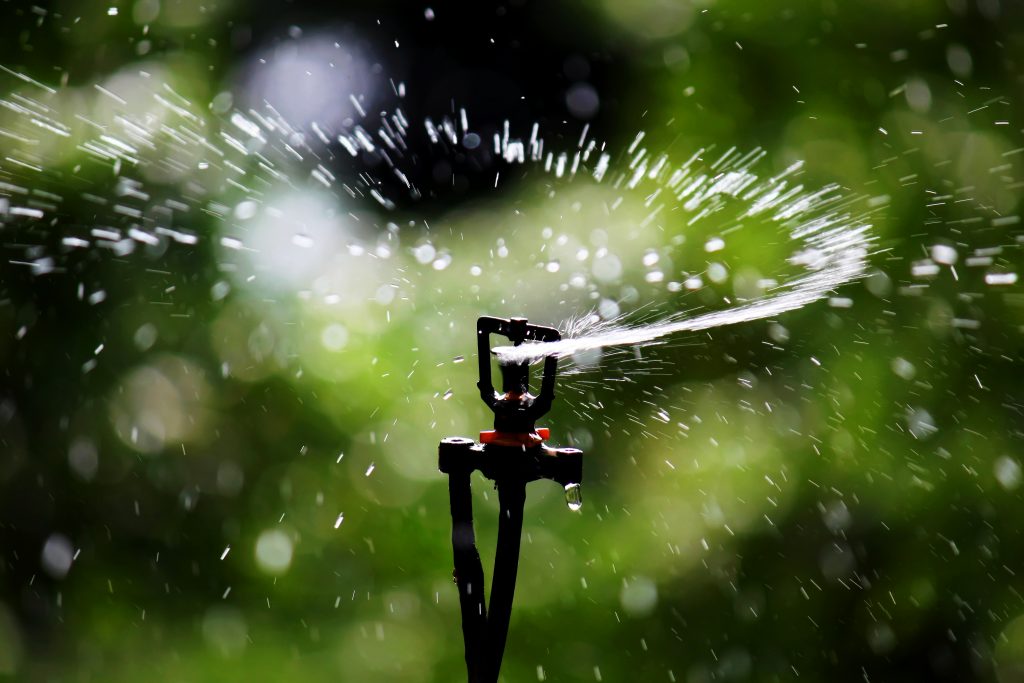July is Smart Irrigation Month, so that means that summer is a great time to learn about controlling your irrigation timer. Just because you have one hanging on the side of your house or in the garage doesn’t mean you can set it and forget it! Unless you have a ‘smart controller,’ you’ll need to make periodic changes to the watering schedule as the seasons and weather change.
Irrigation Lingo
It’s not as complicated as it sounds. If you can operate a cell phone you can program your controller timer. You‘ll probably need a basic understanding of irrigation lingo so here are a few terms for clarification.
- Station – often used by many timers to indicate what valve it’s controlling.
- Valve – the device that receives a signal from the time, via a wire, to open and allow the water to flow through the pipes.
- Zone – the area of the yard (or groups of plants) that is watered by a valve.
What You Need to Get Started
Let’s move on to changing the timer settings (programming). You only need 4 pieces of information to get started.
- Current time and day.
- Watering days and frequency (Examples: Tuesday and Thursday, or once every 3 days).
- Start times (When you want the water to start running).
- How long to water (The runtime, such as 45 minutes, or 6 hours).
Your timer will have a program or multiple programs labeled A, B & C or 1, 2 & 3. Multiple programs on a controller allow you to run different stations on different schedules. Select the program based on the watering frequency of your plants. For example, grass will need to be watered once every 2 – 3 days in summer. Put all the grass valves in Program A. Desert-adapted shrubs will need water once every 7 – 14 days in summer, so will your citrus trees. Put those valves in Program B. Desert-adapted trees will need water once every 2 – 3 weeks in summer. Put that valve(s) in Program C.
One of the most common mistakes when programming the device is confusing “runtime” and “start time” which are two completely different functions.
- Run Time – determines how long each individual zone will run
- Start Time – determines when a specific program (usually A, B or C) will turn on. Your irrigation system will only turn on if you have a start time associated with that particular program
The most common misconception is that each zone must have a separate start time. This can lead to gross overwatering. For example, a lawn area with three sprinkler zones will only need one start time because the timer will run all of the stations assigned to that program in sequence. Enter only one start time for each program, even when there are multiple valves on the program. In fact, if you enter a 2nd start time for a second valve, the timer would actually run both valves twice!
Here’s an example of an irrigation timer program for summer watering:

Where To Get More Help
If you’re struggling with setting your controller or if you don’t have instructions, write down the make and model and search the Internet for a toll-free phone number for technical support from the manufacturer. You can often find instructions or talk to a service representative for help.
Information on how much and how often to water can be found in Landscape Watering by the Numbers. More help on timer programming is available in the Water Use It Wisely web article Timing is Everything.
You can also sign up to receive free monthly landscape watering advice right to your smartphone. Simply text WHENTOWATER to 33222 to get started.
If you are a visual learner, here is a great video that will walk you through the basic irrigation programming steps:


